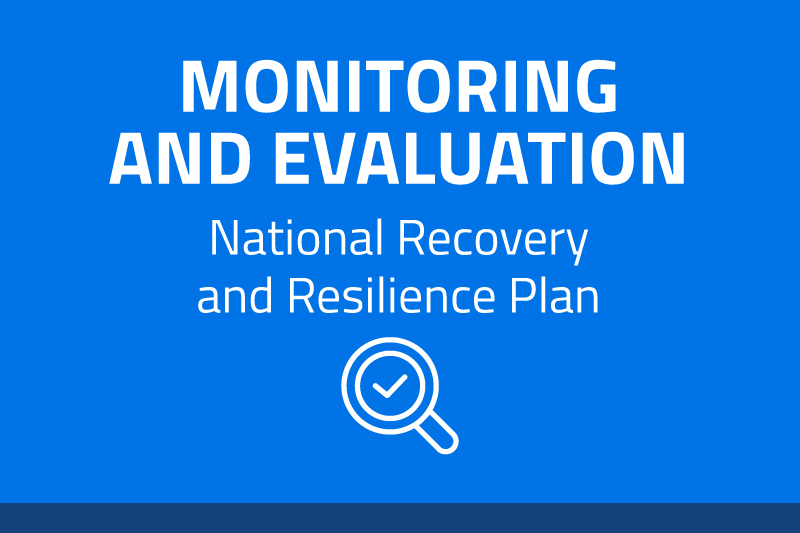Monitoring and evaluation

The NRRP applies two types of indicators:
▪ common indicators that serve to evaluate the effectiveness of the measures taken;
▪ target indicators to monitor and evaluate the progress of the measures.
The EU Regulation 241/2021 establishes that Member States must report semi-annually on the progress made in implementing their plans. The European Commission monitors, implements and evaluates progress against the targets.
The measure is monitored through specific milestones and targets set by the European Union, as well as monitoring steps and targets set at the national level.
Specifically, the European milestone concerning the publication of the acts of approval of the first interventions aimed at recovering the original conditions and guaranteeing the resilience of territories to natural disasters was reached in 2021. The European target instead relates to the completion of 90% of the interventions and must be reached by 30 June 2026.
The national monitoring steps were achieved in 2022 and 2024, focusing on 40% of awarded public contracts in 2022 and 80% in 2024. Italy's target for 2025, which aimed to cover 90% of awarded public contracts, was actually reached by December 2024. The next objective for Italy is to complete 98% of all interventions by 31 December 2026.
All achieved national and European targets can be consulted in the dedicated timeline.
The common indicators, approved by the European Commission through Delegated Regulation 2021/2106 on 28 September 2021, are used to monitor the achievement of both the general and specific objectives of the NRRP.
These indicators, consistent across Europe, allow for the evaluation of progress in all Member States' recovery and resilience plans. They are essential for assessing advancements in shared themes among the various national plans, such as infrastructure resilience.
Common indicators play a crucial role in assessing actions taken to address hydrogeological instability in public structures and infrastructure, including roads and utility networks. In the case of measure M2C4-2.1b, which falls under the responsibility of the Department and focuses on flood risk management and hydrogeological risk reduction, the following common indicators are associated:
▪ EU RRFCI 04: Population benefiting from protection measures against floods, forest fires and other climate-related natural hazards
Concerning the common indicator, interventions in the vulnerable areas concerned involve approximately 900,000 people by the second half of 2024.
Gli indicatori target misurano il contributo di ciascun progetto al raggiungimento dell'obiettivo della misura. Questi indicatori riflettono gli obiettivi concreti da raggiungere per ciascun intervento.
In the case of the measure under management, the target indicators are:
▪ T0155: Number of type D interventions related to reduce residual risk related to events, awarded.
▪ T0156: Number of type D interventions related to residual risk reduction, completed.
▪ T0006: Number of type E interventions aimed at the recovery of damaged public facilities, completed.
As far as the target indicators are concerned, the number of type D interventions awarded is more than 90%, while about 53% of type D and E interventions were completed at the beginning of 2025.